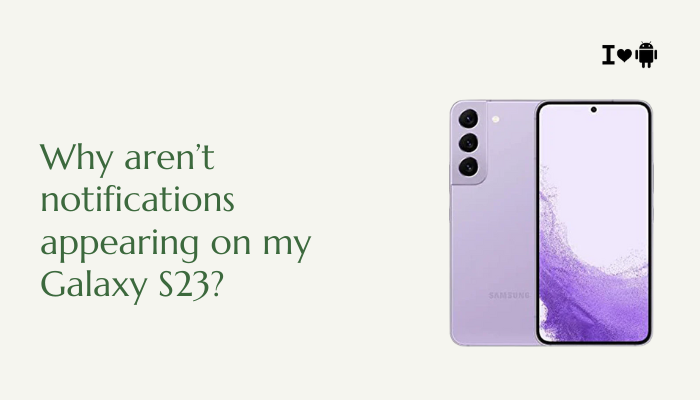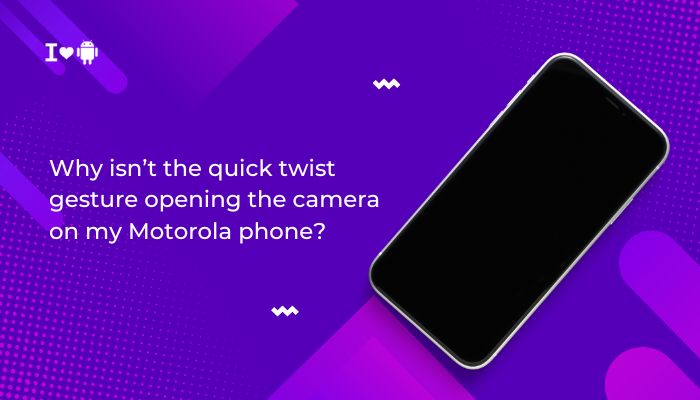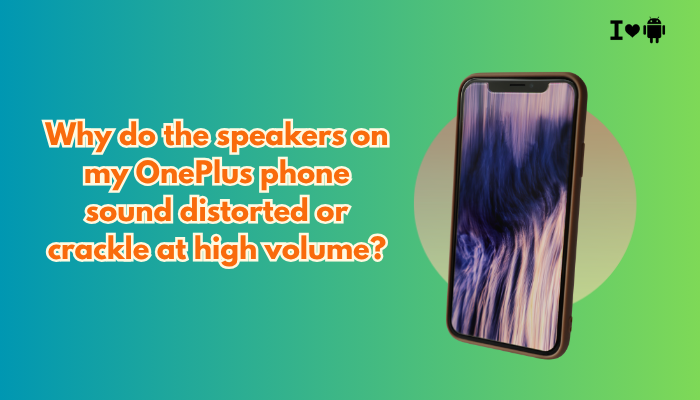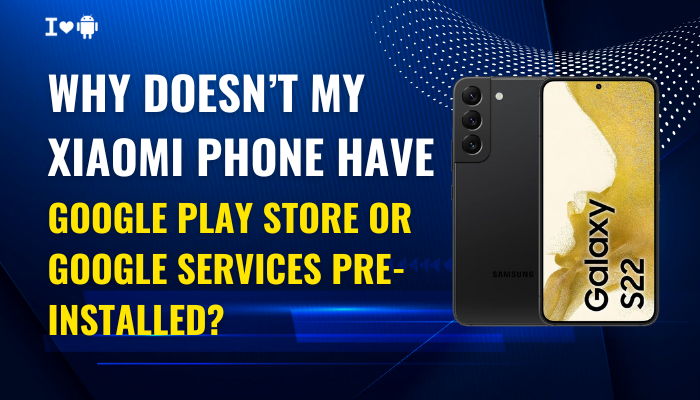Introduction
The hinge mechanism is the engineering heart of Samsung’s Galaxy Z Flip and Z Fold series, enabling sleek folding and unfolding of a full-sized smartphone display. Given its complexity and moving parts, users sometimes hear squeaks, creaks, or feel a slight looseness in the hinge. While minor sounds and motion tolerances are generally expected, it’s important to distinguish between normal break-in behaviors, environmental factors, and signs of potential damage.
- The engineering behind the hinge design
- Why you might hear noise during break-in
- How debris and lubricant affect performance
- Wear and tear over time
- Maintenance and cleaning best practices
- When noise or looseness indicates a warranty-covered issue
- Future hinge innovations in foldable devices
By understanding these factors, you can care for your Galaxy Z Flip or Z Fold hinge, preserve its smooth action, and know when to seek professional support.
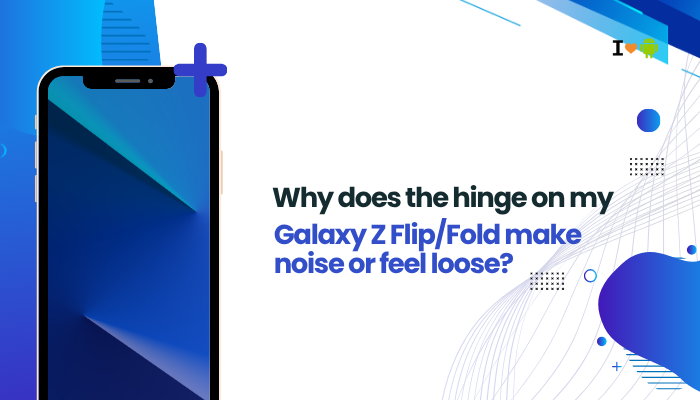
Hinge Design Fundamentals
Multi-Component Barrel-Cam Mechanism
Samsung’s foldable hinges employ a barrel-cam or spiral cam design:
- Interlocking Gears: Multiple gears and cams guide the display halves through a precise fold radius.
- Springs and Dampers: Tension springs maintain hinge resistance; dampers prevent sudden closure.
- Micro-Brushes and Seals: Tiny brushes sweep out debris; seals block dust and moisture.
Engineered Fold Tolerance
- Controlled Friction: Engineers set friction levels to balance easy opening with secure holding at any angle (including Flex Mode).
- Dimensional Precision: Tolerances within ±0.05 mm ensure uniform action; any component outside tolerances can produce uneven resistance or noise.
Break-In Period and Initial Noise
Factory vs. Real-World Conditions
- Cleanroom Assembly: Hinge parts are lubricated and assembled in near-dust-free environments.
- Field Variations: After you begin using your device, minute environmental particles enter the hinge, slightly altering friction characteristics.
Why Noise Occurs During Break-In
- Lubricant Redistribution: Initial folds disperse factory grease into tiny crevices; you may hear light squeaks as lubricant settles.
- Component Seating: Moving parts settle into their mating surfaces, similar to a new door hinge that creaks until broken in.
Expectation: Most Galaxy Z Flip and Z Fold units exhibit diminishing hinge noise over the first few hundred fold/unfold cycles.
Debris, Dust, and Foreign Particles
The Role of Micro-Brushes
- Self-Cleaning Action: Brushes on either side of the hinge channel sweep out dust with each fold.
Limitations: Extremely fine or sticky particles (e.g., sand, pocket lint) can bypass or cling, scratching cams or building up over time.
Debris-Induced Noise and Looseness
- Abrasive Wear: Grit acts like sandpaper, accelerating micro-abrasion on metal surfaces, leading to noise.
- Loose Feel: Accumulated particles can create tiny gaps, making the hinge feel less firm or introduce a “crunchy” sensation.
Maintenance Tip: Gently clean the hinge gap weekly with compressed air (short bursts) or a soft brush to minimize particle ingress.
Lubrication and Wear Over Time
Lubricant Degradation
- Grease Dry-Out: Over months of use and exposure to heat or humidity, factory grease can thin or migrate out of critical areas.
- Increased Friction: Reduced lubrication causes metal-on-metal contact, producing creaks or increased fold resistance.
Wear-Induced Looseness
- Cam Surface Wear: Repeated cycles gradually wear down cam lobes, slightly increasing play between parts.
- Spring Tension Loss: Coil or leaf springs may lose tension over thousands of cycles, causing the hinge to feel less stiff.
Indicator: If the hinge feels markedly looser than on day one—especially after thousands of folds—it may require professional re-lubrication or spring replacement.
Environmental Factors and Usage Habits
Temperature Extremes
- Cold Conditions: Low temperatures thicken grease, making the hinge stiffer and potentially noisy as parts scrape through thicker lubricant.
- High Heat: Elevated heat thins grease excessively, risking leaks or uneven lubrication and thus creaks.
Folding Speed and Force
- One-Handed Slams: Rapid closure can shock internal components, misalign cams, and strain springs.
- Gentle Operation: A slow, two-handed fold distributes stress evenly, preserving spring life and lubricant layer.
User Best Practice: Open and close your foldable steadily, avoiding slap-shut motions that stress hinge internals.
Maintenance and Care Best Practices
Regular Cleaning Routine
- Power Off and Unfold Fully: Gain full hinge access without stress.
- Compressed Air Bursts: Aim short, controlled puffs into the hinge gap from different angles; avoid direct contact with nozzle.
- Soft-Bristled Brush: Gently sweep along the hinge channel to dislodge trapped lint.
Avoiding Liquids and Immersions
- No Water Jets: Although Z Flip3/4/5 and Z Fold2/3/4/5 are IPX8, avoid spraying compressed air nozzles with high PSI or liquid cleaners directly into the hinge.
- Wipe Clean: Use a dry microfiber cloth—never alcohol or solvents in the hinge area, which can strip seals.
Periodic Professional Check-Ups
- Samsung Care+ Service Visits: If noise persists beyond the break-in period, schedule a service center appointment for hinge inspection.
- Authorized Lubrication: Technicians can apply approved grease and replace worn springs under warranty or service-plan coverage.
When Noise or Looseness Indicate a Problem
Abnormal Symptoms to Watch For
- Persistent Grinding: A harsh, metallic grinding sound not diminishing after initial use.
- Uneven Resistance: One direction (fold or unfold) feels noticeably stiffer than the other.
- Visible Misalignment: Gaps between the two halves of the device at specific angles.
- Hinge “Wiggle”: Lateral play when gently twisting the phone, beyond expected rotational freedom.
Diagnostic Steps
- Safe Mode Test: Boot into Safe Mode to rule out software affecting hinge behavior (unlikely but ensures no motorized components issue).
- Samsung Members App: Run the Interactive checks → Sensors & hardware test; while not hinge-specific, it verifies overall hardware health.
- Contact Support: Document hinge behavior with video or audio recordings and consult Samsung support for remote diagnostics or service scheduling.
Warranty Coverage and Repair Options
Samsung’s Standard Warranty
- Manufacturing Defects: Covers hinge-related failures arising from faulty parts or assembly.
- Wear-and-Tear Exclusion: Normal friction or minor noise from standard use is not considered a defect.
Samsung Care+ and Accidental Damage Protection
- Service Visits: Care+ plans may cover one or two free hinge repairs or adjustments per year for a nominal service fee.
- Authorized Parts: Repairs use genuine hinge modules and lubricants, restoring original specifications.
Third-Party Repair Risks
- Non-OEM Parts: Generic hinges may not match Samsung’s precise tolerances, leading to accelerated wear or irregular action.
- Warranty Void: Opening the device outside authorized channels can void any remaining warranty or Care+ coverage.
Future Hinge Innovations
Enhanced Material Composites
- Self-Lubricating Alloys: Research into metal alloys embedded with micro-lubricant reservoirs promises longer-lived hinge greasing.
- Polymer-Metal Hybrids: Composite components that combine metal strength with polymer flexibility could reduce noise and wear.
Sealed-Unit Designs
- Air-Tight Hinge Enclosures: Future foldables may use fully sealed hinge units with built-in filtration, blocking debris entirely and preserving lubrication indefinitely.
- Magnetic Dampers: Innovations in magnetic or fluidic dampening could replace mechanical springs for smoother action without metal-on-metal contact.
Software-Driven Diagnostics
- Fold Counters: Integrated fold-cycle counters could alert users to hinge maintenance schedules.
- Predictive Alerts: AI-driven analytics in One UI might warn you when hinge resistance deviates from factory norms, suggesting cleaning or service.
Conclusion
A certain amount of noise, creaking, or slight looseness in the Galaxy Z Flip and Z Fold hinges is normal, particularly during the initial break-in period. These signals reflect the complexity of the barrel-cam design, the settling of lubrication, and real-world environmental factors such as debris and temperature.
By following regular cleaning, gentle folding, and authorized service practices, you can maintain smooth, quiet hinge operation. If abnormal grinding, uneven resistance, or excessive play emerges, arrange a professional inspection under Samsung’s warranty or Care+ program.
As hinge technology advances—with self-lubricating materials, sealed-unit designs, and AI-driven diagnostics—the foldable phones of tomorrow will offer even more robust and whisper-quiet performance. For now, understanding and caring for your device’s hinge is the best way to enjoy the revolutionary form factor of Samsung’s foldable flagship devices.

